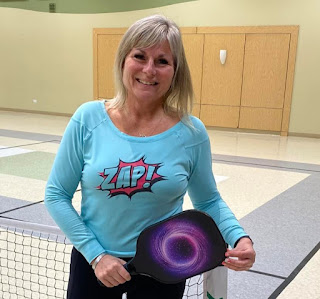Best way to Set Up a Snowboard
Best way to set up a Snowboard
 |
| Best way to setup a Snowboard |
Snowboarding is a lot of fun, whether you shred the park or throw down massive backcountry lines. However, in order to get the best ride possible, your snowboard must be properly set up. This entails tuning each of your snowboards to your riding style, natural stance, and overall abilities.
Due to the excitement of purchasing a new snowboard, it is easy to overlook many of the details of setup. Even experts must take a step back and ensure that minor details such as binding settings are taken into account.
THINK ABOUT YOUR SNOWBOARD TYPE
Before you get into the specifics of setting up bindings and determining your riding stance, take a look at your snowboard.
Confusion between twin tips and directional/set-back boards is a common issue when setting up your snowboard. If you have a twin tip board, place the bindings in the center of the deck. If you have a directional board, you will still set the bindings in the same holes as usual, but you will notice that the tip length is slightly longer than the tail length.
Different snowboard models also have an impact on binding stance angles. The duck stance, for example, is the most commonly used stance for freestyle snowboarders. This stance has positive binding angles in the front and negative binding angles in the back, creating a "duck" look.
BEST WAY TO SET UP A SNOWBOARD STANCE
Once you've determined the parameters of your snowboard, it's time to find your ideal stance. For most snowboarders, this means determining whether your stance is normal or abnormal. Regular riders face downhill with their left foot, while goofy riders lead with their right foot, if you didn't already know.
If you're not sure whether you're regular or goofy, try standing on a skateboard and see what feels the most natural to you.
Your riding ability and interests also have an impact on your snowboard stance. Beginners, for example, should begin with a centered stance because it makes the snowboard easier to control.
WIDTH & ANGLE OF BINDING
After determining your preferred stance, you must consider the width and angle at which your bindings will be mounted on your snowboard.
Every rider has a slightly different stance width. The majority of snowboarders prefer a stance that is slightly wider than their shoulder width. Beginning with this size, stand on your snowboard deck and move your feet closer together or outwards, whichever feels better. When you've found a comfortable position, measure the distance between the insides of your feet; this is your stance width.
The angle of your feet in relation to the edge of the snowboard is referred to as your stance angle. As previously stated, beginners and freestyle riders frequently prefer the duck stance, in which the feet are angled in slightly different directions.
DIFFERENT BINDING CONFIGURATIONS
The different settings on the actual bindings are the final thing to consider when setting up your snowboard.
The angle of your binding backs is the most important binding setting to consider. This angle is commonly referred to as the "forward lean," and it is extremely important in terms of overall snowboard control.
Your knees will be bent more if your binding backs are angled forward. Freeriders enjoy a pronounced forward lean for maintaining an edge at high speeds because it provides good control. Park riders and freestylers, on the other hand, frequently have their binding backs nearly straight up.





